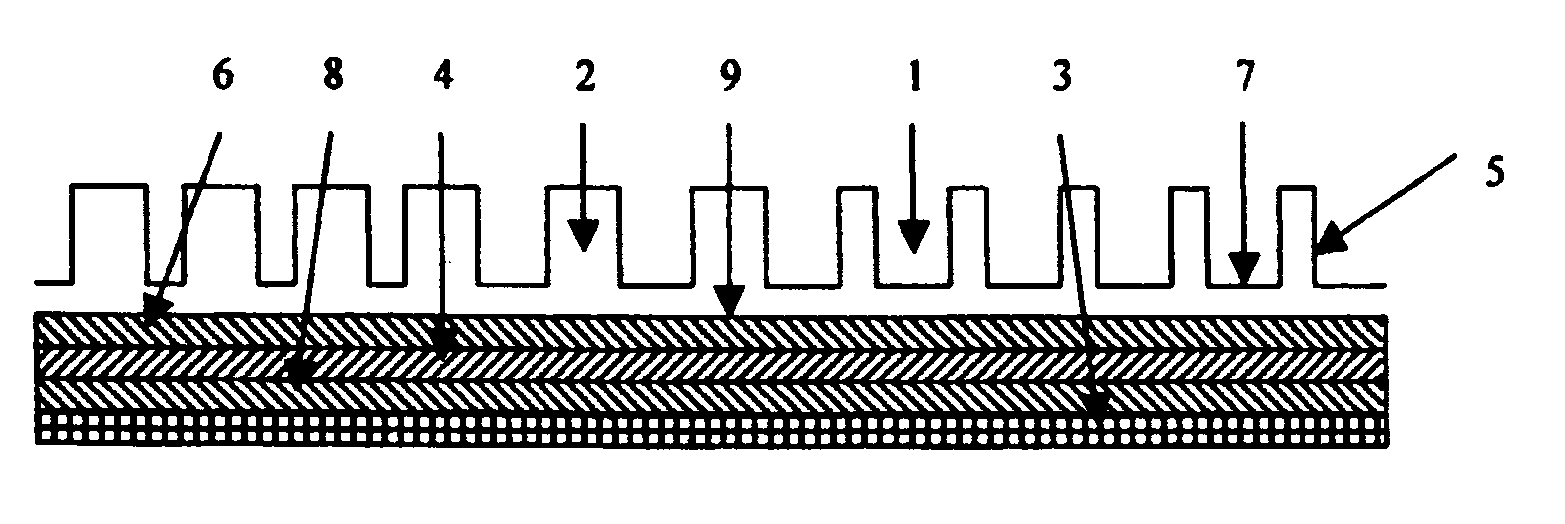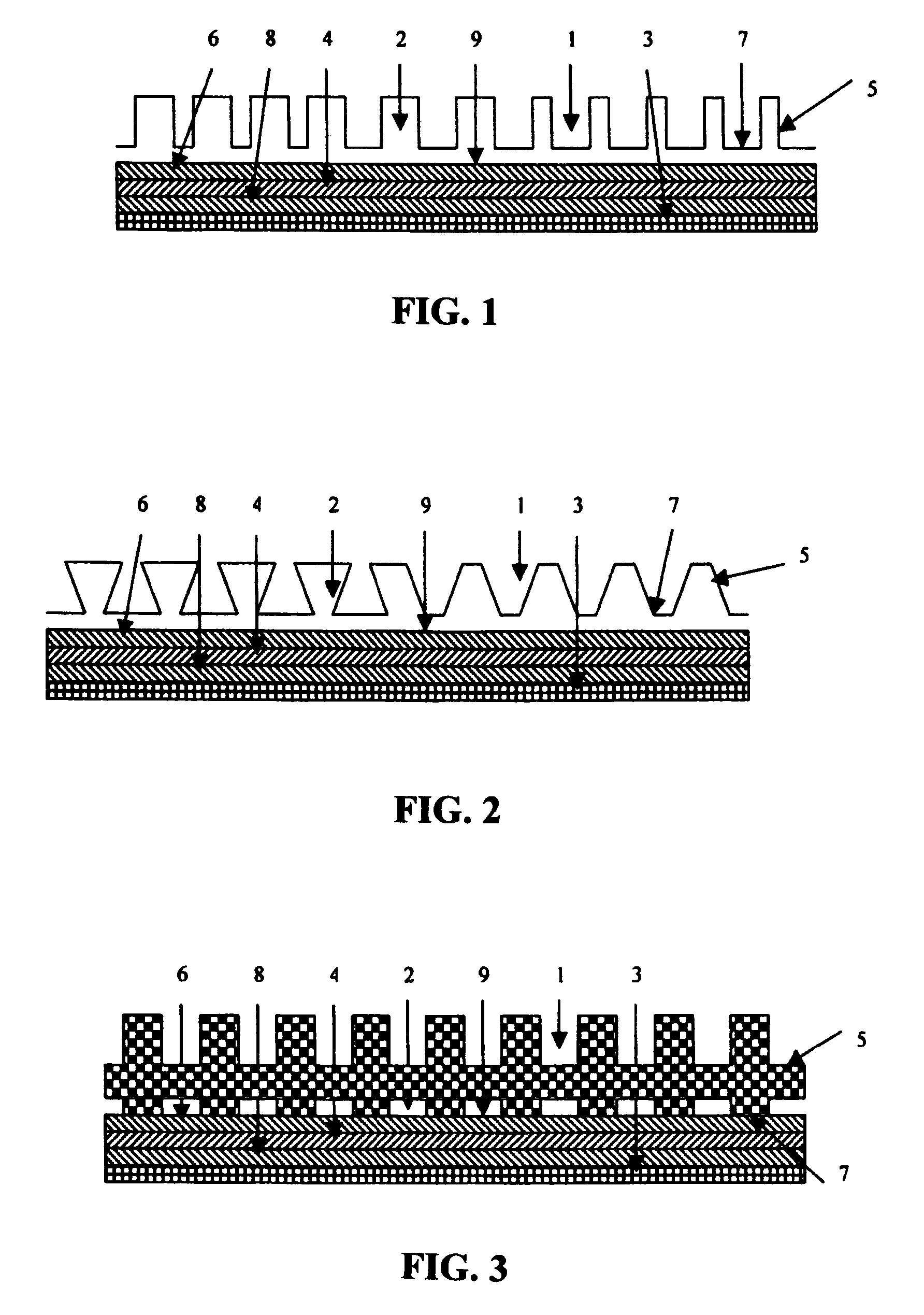Electrochemical Device Comprising One or More Fuel Cells
- Summary
- Abstract
- Description
- Claims
- Application Information
AI Technical Summary
Benefits of technology
Problems solved by technology
Method used
Image
Examples
Embodiment Construction
[0026]For purposes of this disclosure, the following definitions apply:
[0027]Mass transfer contact refers to contact between surfaces that can have matter and mass exchange which differs from contact between surfaces which transfer heat, vibration, current, etc.
[0028]The device described includes all the parts, accessories except the air source that generate air flows.
[0029]The stack is a generalized stack and may include only one electrochemistry cell comprising piled structure with end plates at both sides.
[0030]The electrochemical reaction main surface is wider than that of the electrode surface commonly referred to in the art. It may include the gas diffusion layer connected to the electrode.
[0031]The elements numbered in the drawings correspond to the following descriptions:[0032]10. Groove area of all the air flow(s) that is / are not in mass transfer contact with the main surface[0033]11. Groove area of all the air flow(s) that is / are in mass transfer contact with the main surf...
PUM
 Login to View More
Login to View More Abstract
Description
Claims
Application Information
 Login to View More
Login to View More - R&D
- Intellectual Property
- Life Sciences
- Materials
- Tech Scout
- Unparalleled Data Quality
- Higher Quality Content
- 60% Fewer Hallucinations
Browse by: Latest US Patents, China's latest patents, Technical Efficacy Thesaurus, Application Domain, Technology Topic, Popular Technical Reports.
© 2025 PatSnap. All rights reserved.Legal|Privacy policy|Modern Slavery Act Transparency Statement|Sitemap|About US| Contact US: help@patsnap.com



